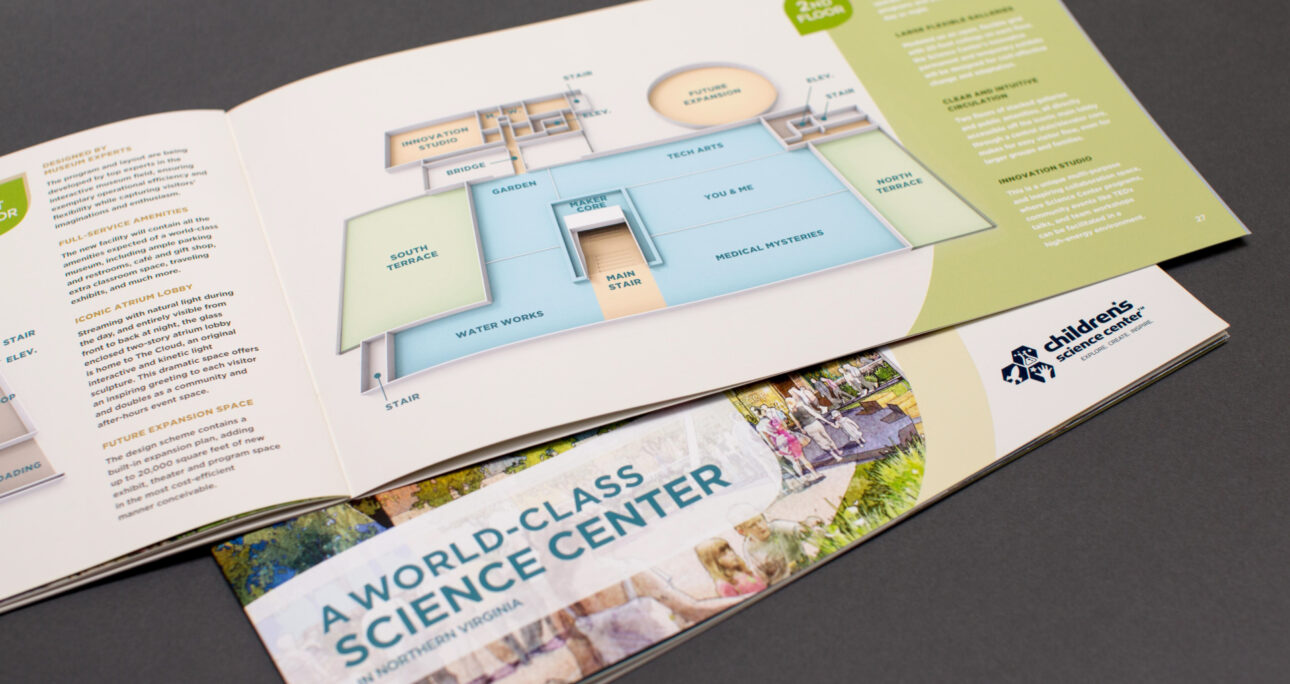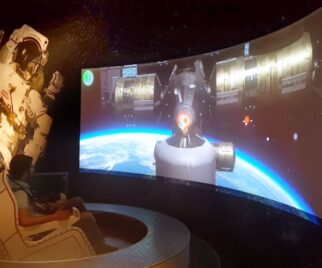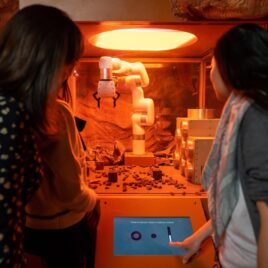Embarking on the journey of creating or revitalizing a science center or museum requires more than visionary ideas—it demands a meticulously crafted master plan. A well-structured roadmap is the cornerstone of success, steering institutions toward their educational, cultural, and community-driven goals. Join us as we explore the essential elements and strategic considerations in building a successful master plan for science centers and museums.
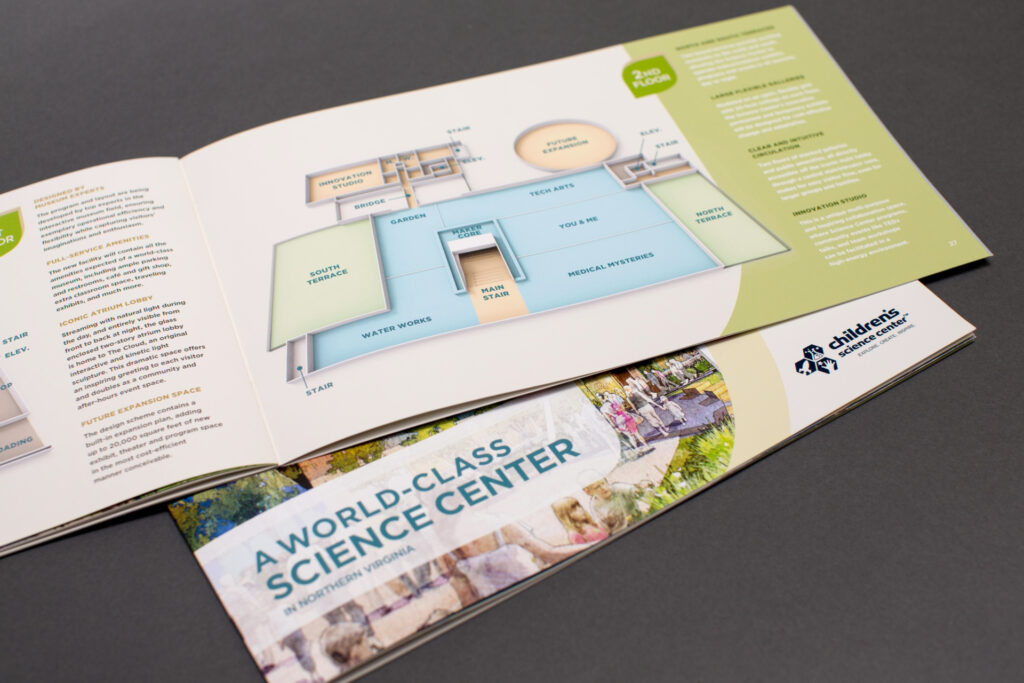
1. Define Your Vision and Mission
Clarity in Purpose: Begin by defining a clear and concise vision and mission for the science center or museum. These foundational elements will guide every aspect of the master plan, ensuring alignment with overarching goals.
Stakeholder Involvement: One of the keys to build a successful master plan for science centers is to involve key stakeholders, including staff, board members, and community representatives, in the visioning process . A shared vision fosters a sense of collective ownership and commitment.
2. Conduct a Comprehensive Needs Assessment
Audience Analysis: Understand the needs and preferences of your target audience(s). Consider the educational, cultural, and recreational requirements of students, families, educators, and the broader community.
Infrastructure and Facility Assessment: Evaluate the existing infrastructure, facilities, and exhibits. Identify areas for improvement, renovation, or expansion based on visitor traffic, usage patterns, and technological advancements.
3. Establish Educational and Experiential Goals
Learning Objectives: Clearly articulate the educational goals you aim to achieve. Consider how exhibits and programs will align with educational standards and promote STEM (Science, Technology, Engineering, and Mathematics) learning.
Experiential Design: Craft an experiential strategy that engages visitors through interactive exhibits, hands-on activities, and immersive learning experiences. Consider incorporating elements of play and exploration for diverse age groups.
4. Create a Sustainable Business Model
Financial Viability: Develop a sustainable business model that encompasses funding sources, revenue streams, and potential partnerships. Balance admission fees, memberships, grants, sponsorships, and philanthropic contributions.
Long-Term Financial Planning: Consider long-term financial sustainability in the master plan. Outline strategies for revenue diversification, cost management, and fundraising initiatives to support ongoing operations and future expansions.
5. Architectural and Exhibit Design Guidelines
Visitor Flow and Accessibility: Design a layout that facilitates smooth visitor flow and accessibility. Consider the physical and sensory needs of diverse audiences, including individuals with disabilities.
Innovative Exhibit Design: Collaborate with exhibit designers to create innovative, interactive, and adaptable exhibits. Ensure that exhibits align with the educational goals and are capable of incorporating emerging technologies.
6. Technology Integration and Digital Engagement
Digital Interactivity: Leverage technology to enhance visitor engagement. Integrate digital elements, augmented reality, virtual reality, and interactive apps to complement physical exhibits and create a seamless learning experience.
Data Analytics: Implement data analytics tools to track visitor behavior, preferences, and engagement. Use these insights to refine exhibits, optimize space utilization, and tailor programs to meet evolving visitor needs.
7. Community Engagement and Partnerships
Community Involvement: Foster community engagement by involving local residents, schools, and organizations in the planning process. Conduct surveys, focus groups, and town hall meetings to gather input and ensure community needs are considered.
Strategic Partnerships: Explore partnerships with educational institutions, businesses, and cultural organizations. Collaborations can enhance program offerings, provide access to expertise, and contribute to the overall success of the science center or museum.
8. Implementation and Phasing
Phased Approach: Break down the master plan into manageable phases. Prioritize projects based on feasibility, urgency, and available resources. A phased approach allows for gradual implementation and ongoing adjustments.
Project Management: Establish a robust project management framework to oversee implementation. Define roles, responsibilities, timelines, and budget allocations for each phase. Regularly evaluate progress and make data-driven adjustments.
9. Evaluate and Iterate
Continuous Assessment: Implement a system for continuous assessment and evaluation. Collect visitor feedback, monitor exhibit usage, and assess educational outcomes. Use this information to make informed decisions and refine the master plan over time.
Adaptability: Build adaptability into the master plan. Be open to incorporating emerging technologies, responding to changing community needs, and adjusting programming based on ongoing assessment and evaluation.
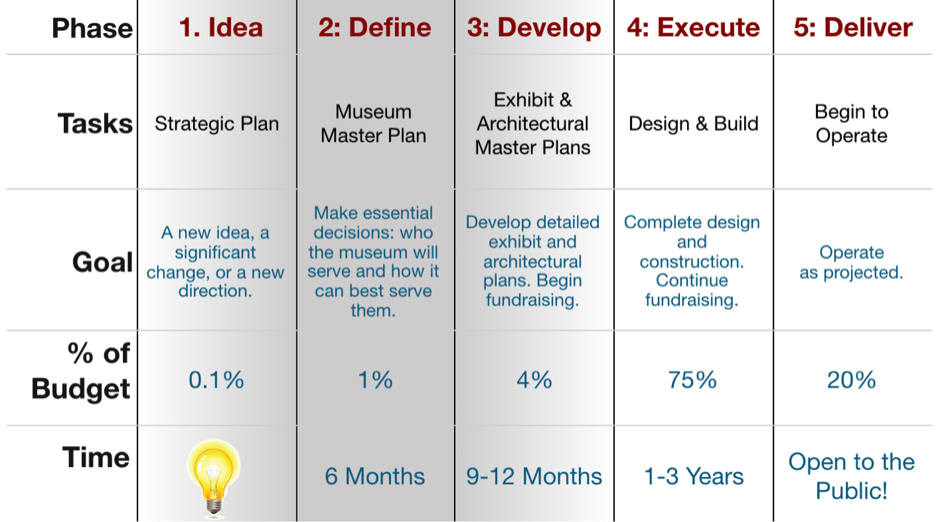
A Vision Realized
Crafting a successful master plan for a science center or museum is akin to bringing a vision to life. By meticulously defining goals, engaging stakeholders, creating sustainable models, and embracing adaptability, institutions can create vibrant spaces that not only meet the needs of today but also evolve to meet the challenges and opportunities of tomorrow.


